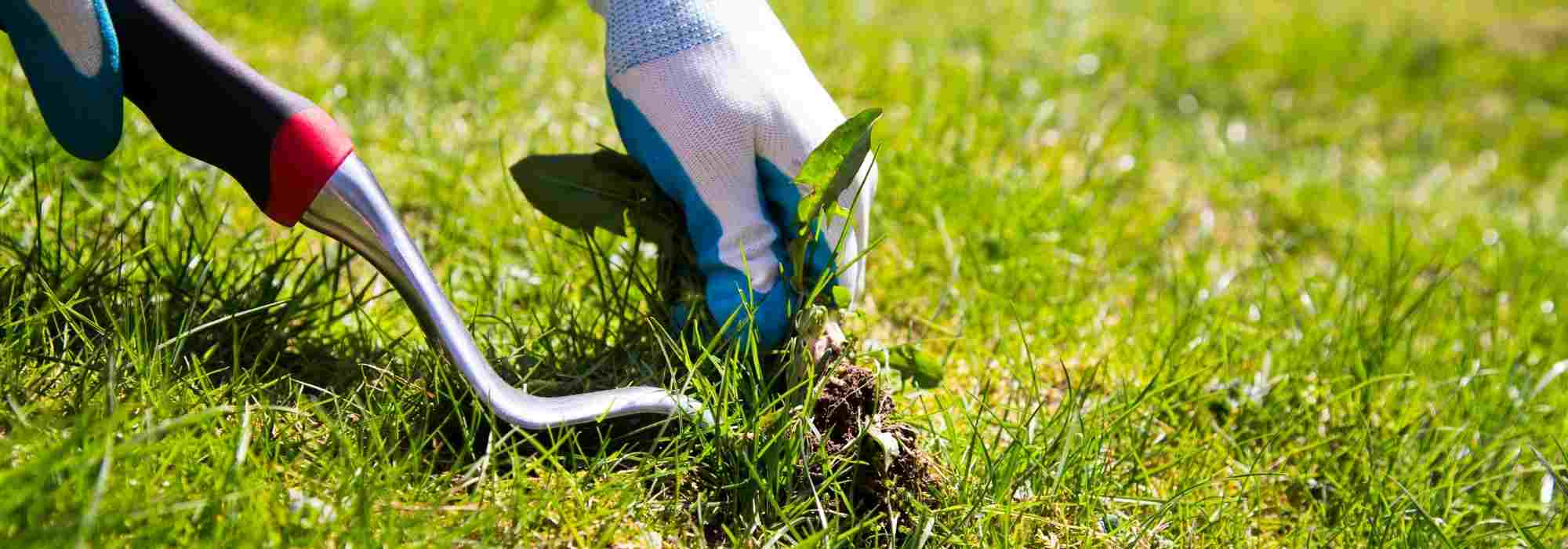
What is a weeding knife used for?
Small but so useful!
Contents
A weeding knife is a small garden tool used in both ornamental gardens and vegetable plots. Although they all have a narrow blade that allows them to pass between plants, that blade varies greatly depending on the model. The “true” weeding knives have a knife blade sharpened at least at the tip; others are dentate on an arista for greater efficiency. Weeding knives with a forked tip are usually called root pullers. In any case, they are all very effective for weeding, notably adventive plants or “weeds” with taproots, or for harvesting root vegetables without risk of breaking the root.
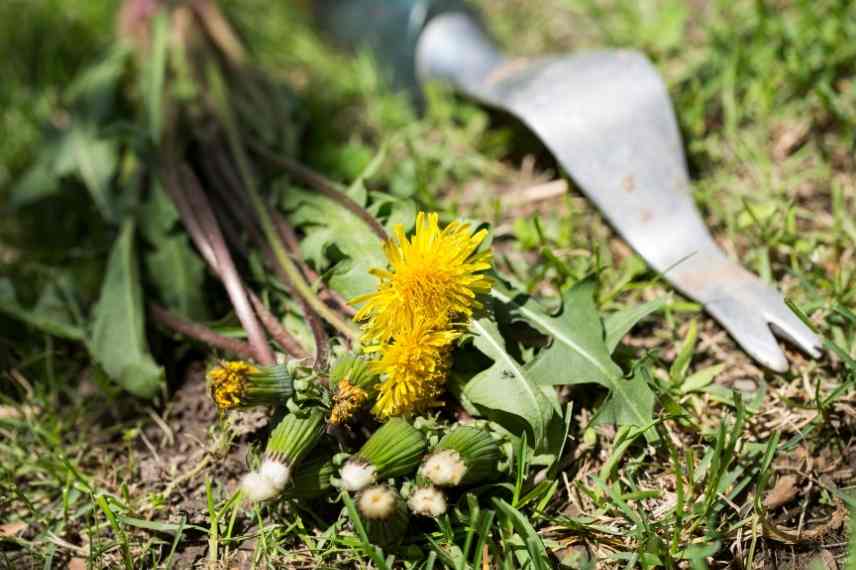
What is a weeding knife?
A weeding knife is a short-handled garden tool. This tool is used to weed, without chemicals, adventives within the ornamental garden or vegetable garden.
The short handle may be wood, plastic or composite materials. The blade should be sturdy and made of steel, sometimes with a “mirror-polished” finish to prevent soil from sticking too much to the tool. This narrow blade, about twenty centimetres long, may be sharp at the tip or along the full aristas. There are tools with blades of varying width or sometimes fitted with a pointed fork at the end. For the latter, they are usually called root pullers.
A weeding knife allows extraction of weeds. In particular when they have long taproots, such as dandelions, plantain, thistles, sow-thistles or dock. These roots are difficult to extract from soil without breaking them. But this type of tool can also be used to harvest asparagus (although an asparagus spade is preferable).
It can also be used to break surface crust of soil and thus aerate and improve the passage of water into the soil.
There are several main types of weeding knife:
- Classic weeding knife: the blade is straight and narrow. It may be sharp at the tip only as for the Spear & Jackson sharpened weeding trowel or along the full aristas of the blade for greater efficiency and easier penetration into the soil as with the Rock’n Root De Pypere weeding trowel (which also has the advantage of serving as dibber and planting trowel!);
- Dentate-blade weeding knife: this type of tool is extremely versatile, as it is equipped with a dentate edge to cut through dense roots and a forked, sharp tip to extract adventives with deep, taproot systems. This type of weeding knife also features a bevelled notch to cut twine or other garden ties. On some models, the blade is marked with graduations for planting bulbs at precise depths. This is the case for the Spear & Jackson traditional weeding knife.
- Root pullers and dandelion pullers: the root puller or dandelion puller has a sharpened, forked end and is used for precise weeding of small areas. This tool excels particularly at dislodging taproots, which are well anchored in the soil and hard to pull out without breaking. The Spear & Jackson traditional dandelion puller or the Spear & Jackson sharpened metal weeding knife are perfect examples.
Other weeders are more unusual, such as this surprising traditional De Pypere “dandelion weeder“ which can dislodge taproots without breaking them simply by a rotating movement. Or the De Pypere Cape Cod weeder with a short, sharpened L-shaped blade for working between plants or in containers.

Dandelion weeder and Cape Cod weeder De Pypere
Read also
What is a blunting knife used for?How to use a weeding knife?
To weed effectively or to harvest root vegetables, it’s always best to work after rain or a good watering. Indeed, a soil loosened by moisture will greatly facilitate weeding or harvesting. Moreover, young plants, whose root will be less developed, will be easier to pull out with a weeding knife.
A weeding knife with a sharpened tip or sharp edges is pushed into the soil at the plant’s collar (at base of leaves, at soil level), turning and pressing on the handle at the same time, as if using a knife. The blade runs all around the root and severs the rootlets. All that remains is to pull everything up to extract the adventive from the soil.
Root puller, whose end finishes in a pointed fork, is used by driving the blade into the soil at the plant’s collar, pressing on the handle. Once the head is sufficiently embedded, the gardener places the fulcrum on the soil and presses on the handle to lever. The head then comes up with the whole root.
Discover other Weed blades, root pullers and specific tools
View all →Available in 1 sizes
Available in 1 sizes
Available in 1 sizes
Available in 1 sizes
Available in 1 sizes
Available in 1 sizes
Available in 1 sizes
Available in 1 sizes
Available in 1 sizes
Available in 1 sizes
- Subscribe!
- Contents
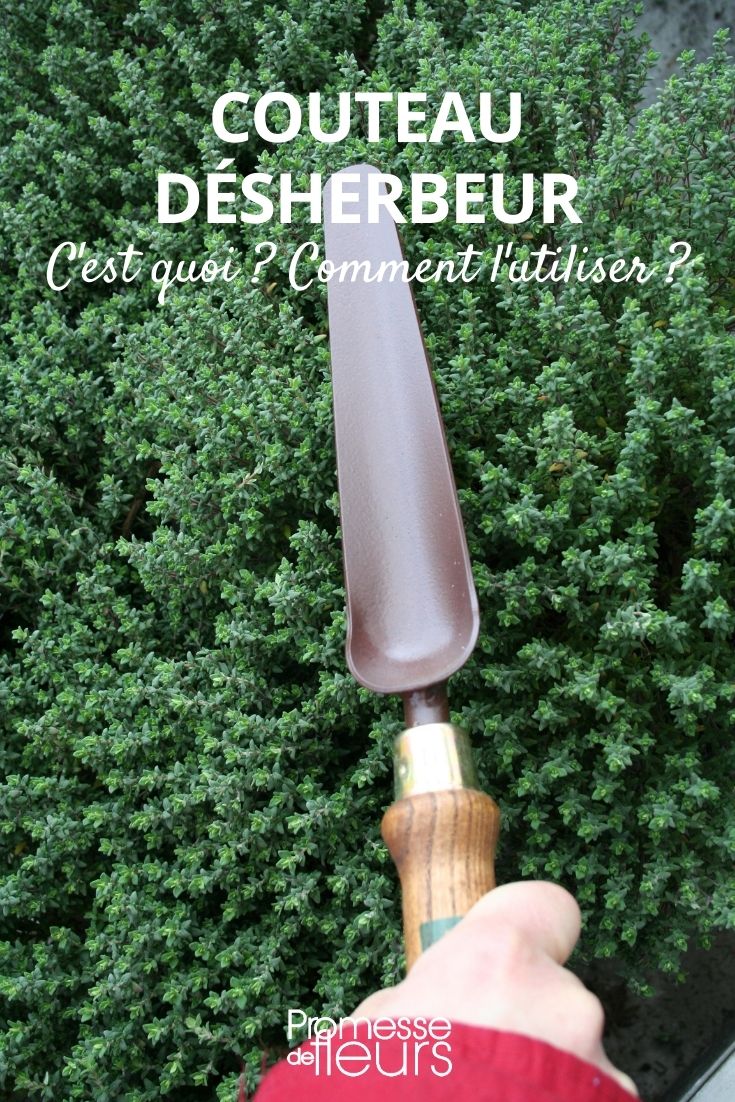































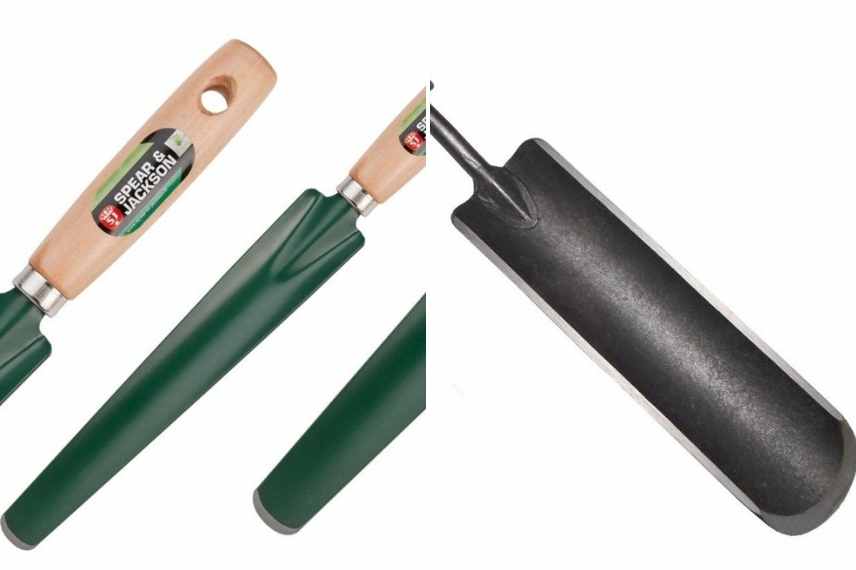
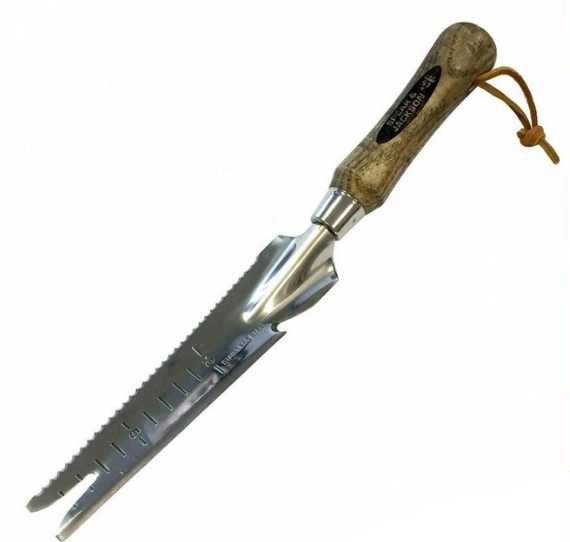
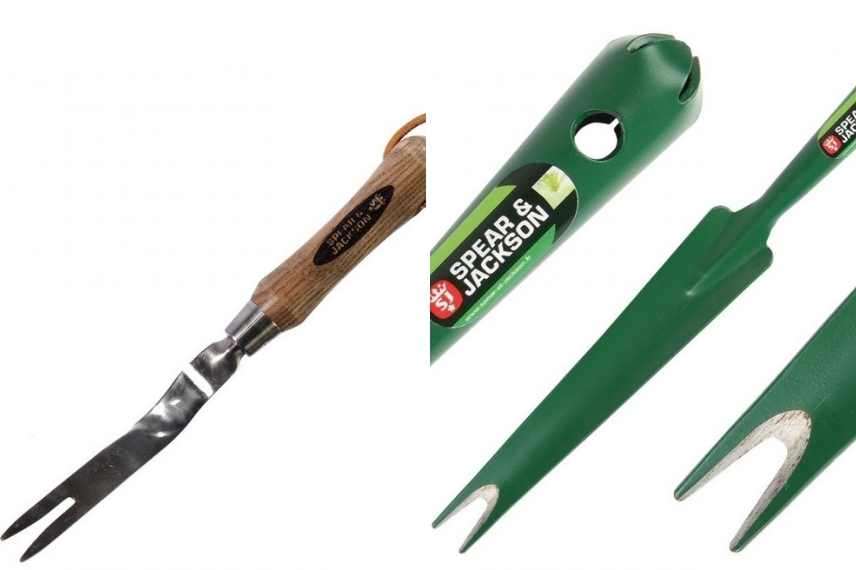
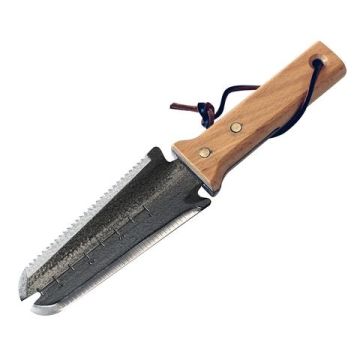
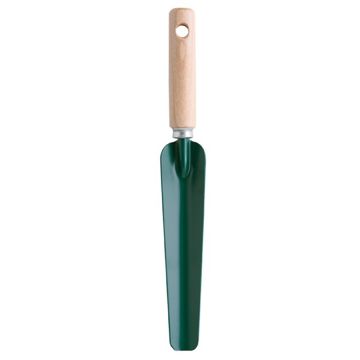
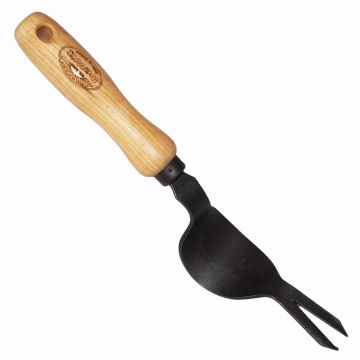
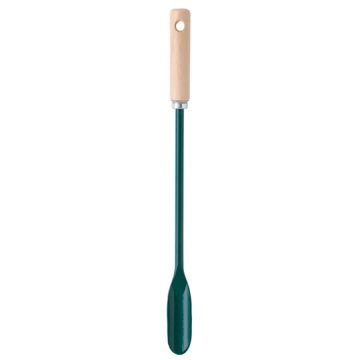
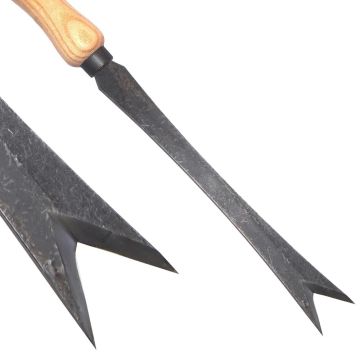
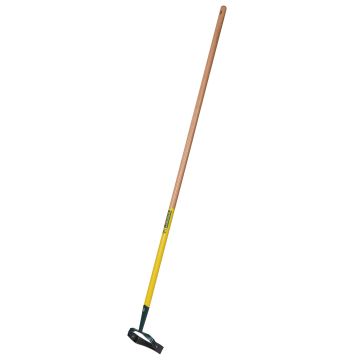
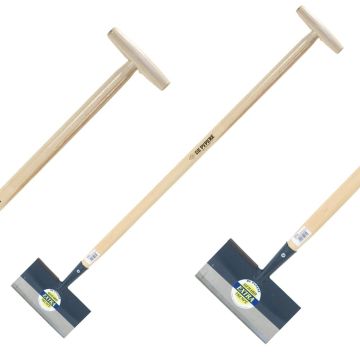
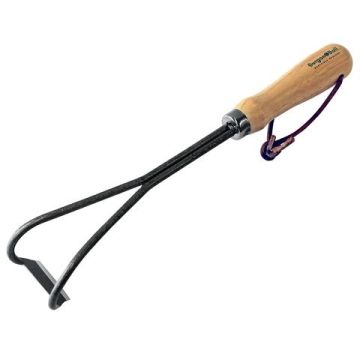
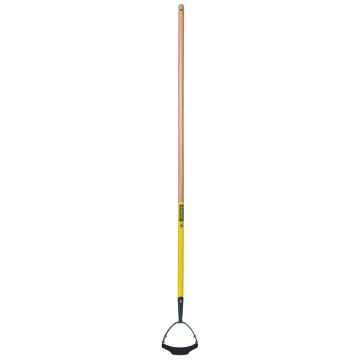
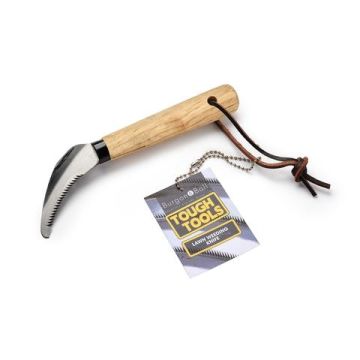
Comments